|
|


One of only a few native North American fruits, the cranberry
was an important staple long before the Pilgrims arrived. Native
Americans, who referred to cranberries as sassamanash, made cakes
prepared with lean, dried strips of meat pounded into paste and mixed
with animal fat, grains and cranberries. Referred to as Pemmican, these
cakes had an excellent keeping quality and were utilized during long
journeys. Later used to make dyes and poultices by the Pilgrims,
cranberries soon become a vital source of vitamin C for whalers and a
valuable resource to New England residents.
In 1816, Captain Henry Hall of Dennis (a veteran of the Revolutionary
War) noticed that sand blowing gently over his bog and settling on
cranberry vines improved their production. Captain Hall began
transplanting his cranberry vines, fencing them in, and spreading sand
on them himself. When others heard of Hall's technique, it was quickly
copied. And through the 19th century, the number of growers increased
steadily. This simple act of nature imitated by Captain Hall and
generations of cranberry growers has strengthened an industry that
celebrates its bounty at harvest. Today, more than 14,400 acres of
cranberry bogs nestled among the villages and towns of southeastern
Massachusetts are harvested each fall.
Cranberry growing in Ontario began in the 1940's with George Mollard.
After spending many years surveying bogs and harvesting peat, he
started Ontario's first commercial cranberry farm in MacTier.
If It's
Not From The Forest, It's Not
Wild!
Mike Poulin,
|
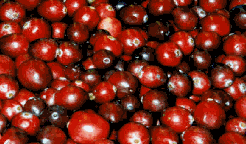
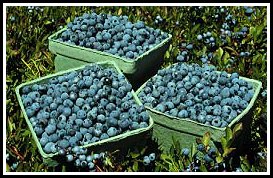
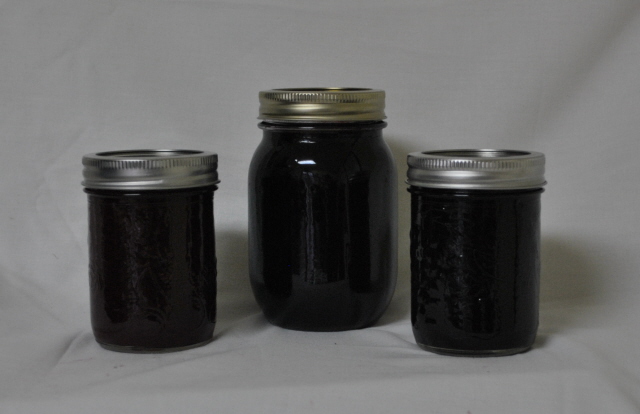
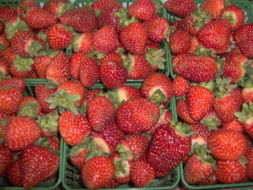

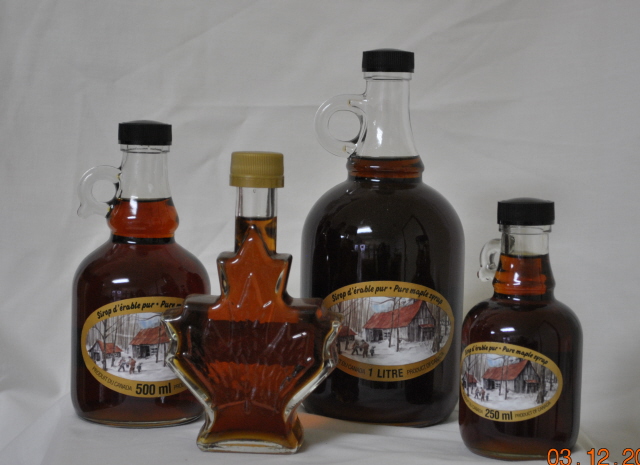
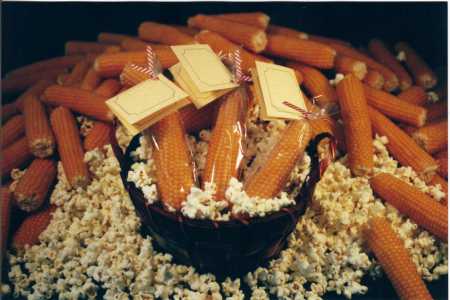
|